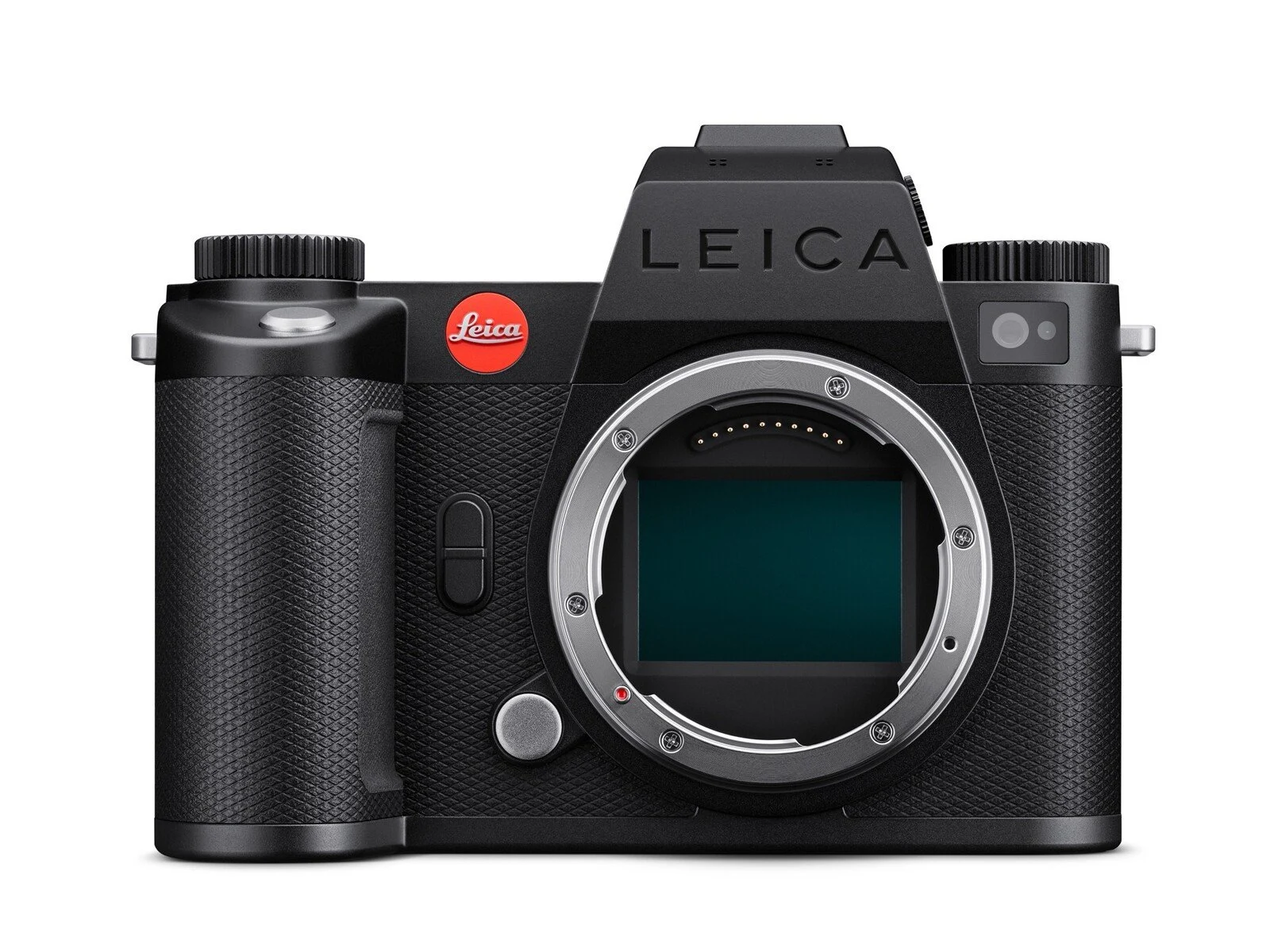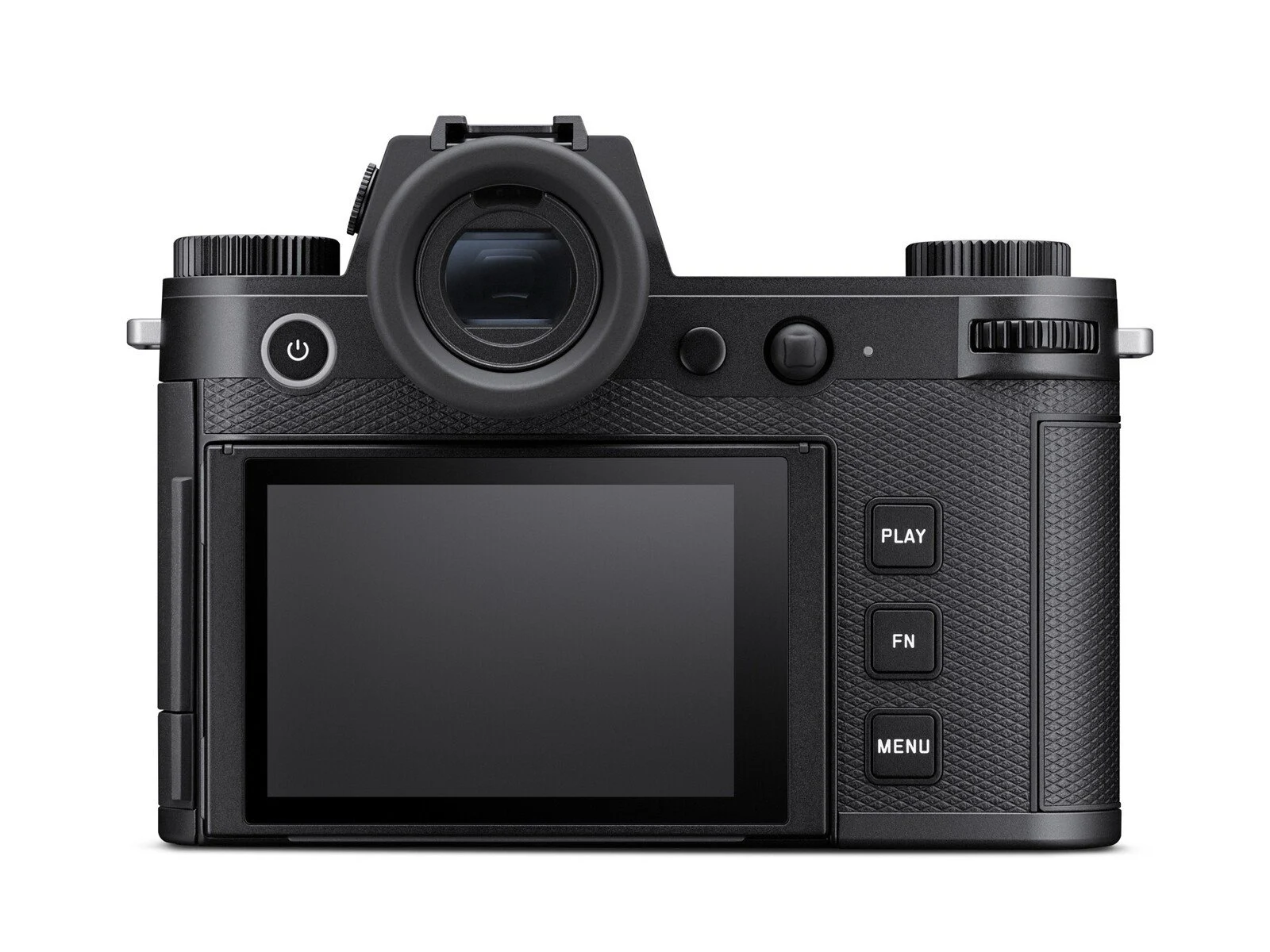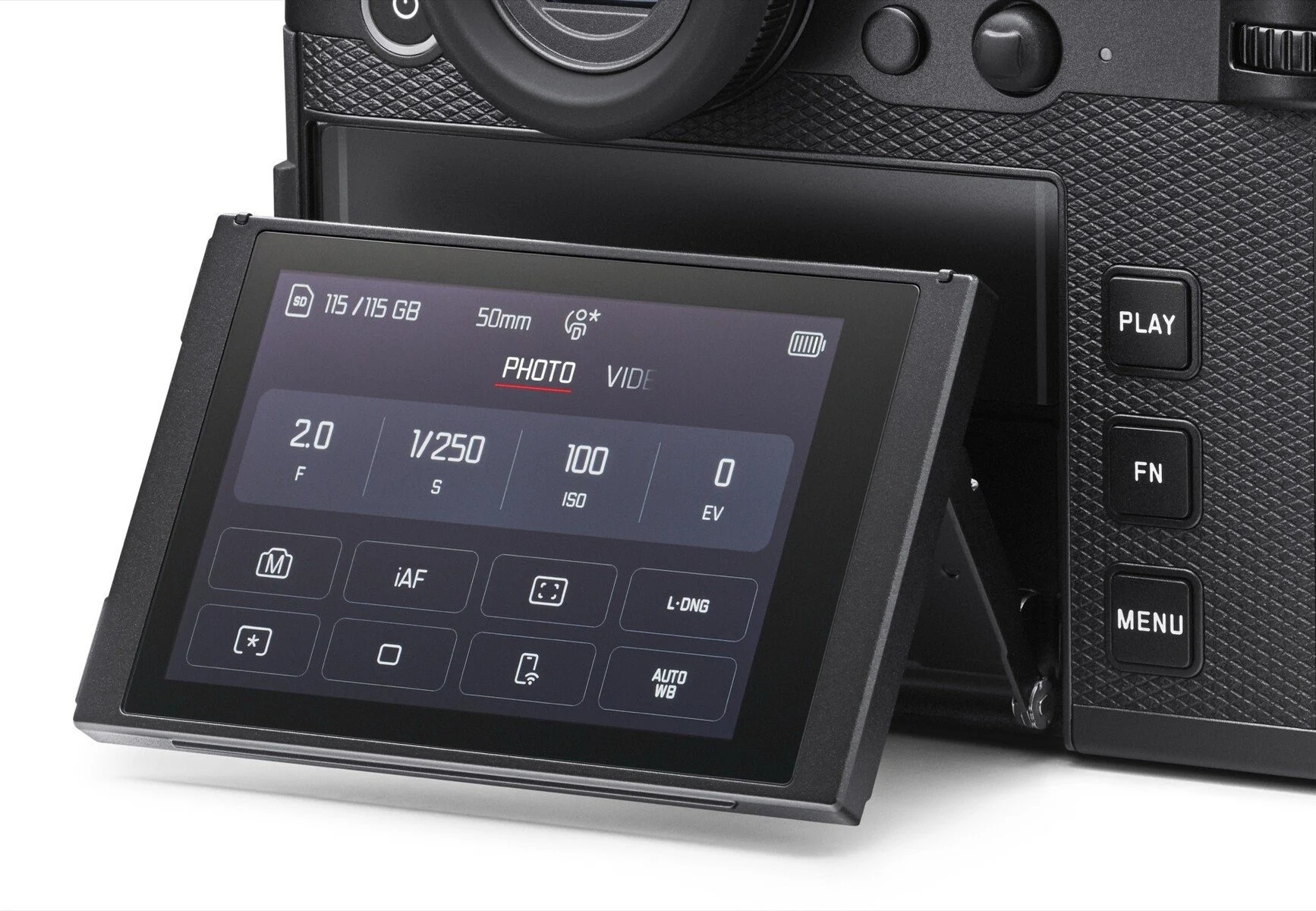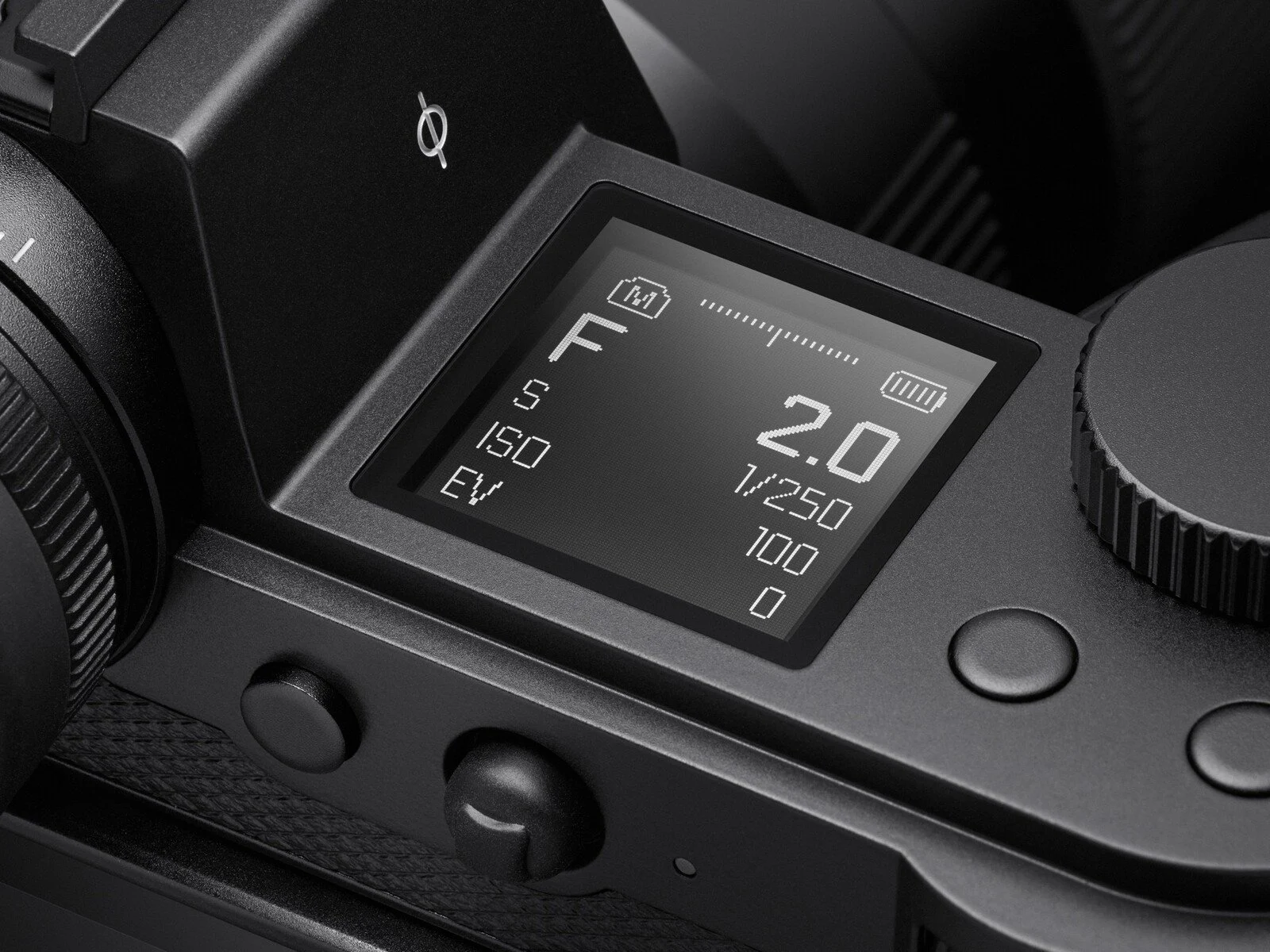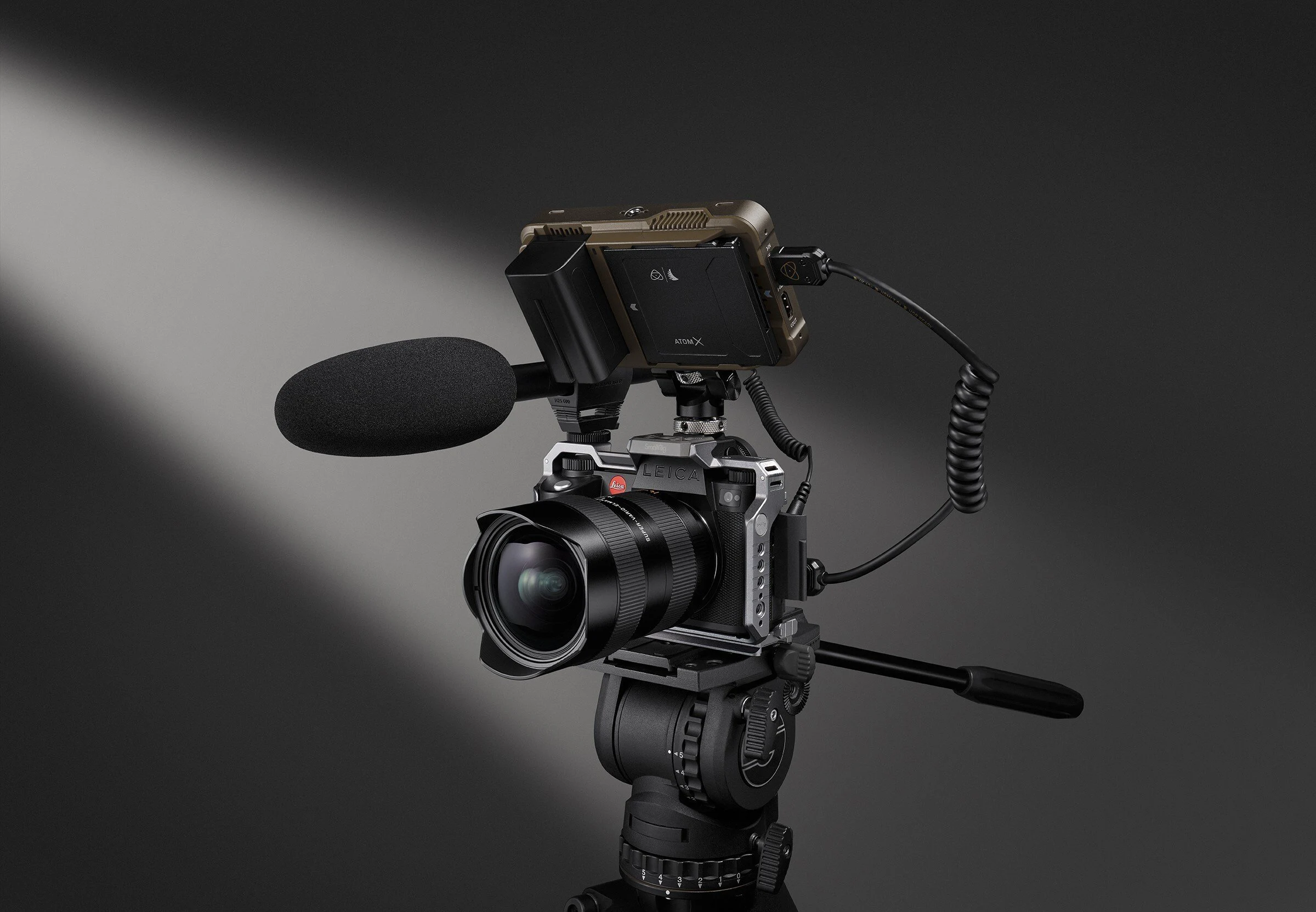Leica Camera AG has introduced the Leica SL3-S, the newest member of its SL-System family. This is the first camera in the SL-System to incorporate Content Credentials technology, which is in line with the Content Authenticity Initiative (CAI) aimed at ensuring photo authenticity and transparency.
Impressive Specifications
The SL3-S boasts a 24 MP BSI-CMOS full-frame sensor that enables Multi-Shot resolutions of 48 MP and 96 MP. With an ISO range from 50 to 200,000, this sensor provides excellent dynamic range and maintains high quality across different lighting situations. It also features a sophisticated phase-detection autofocus system that enables precise tracking and can shoot continuously at up to 30 fps.
Innovative Features
Equipped with Content Credentials technology, the SL3-S integrates secure metadata into images, capturing details like camera specs, author info, and editing history. The camera supports video recording up to 6K in 3:2 Open Gate formats, enhancing its versatility. It also includes ProRes 4:2:2HQ recording, HDMI RAW output, USB-C SSD recording, and a timecode interface, making it suitable for professional workflows. Powered by the Maestro IV processor, the camera excels in delivering accurate colors, a broad dynamic range, and minimal noise in Leica’s L-Log color space.
Connectivity and Compatibility
The SL3-S provides dual card slots for CFexpress Type B and UHS-II SD cards, along with USB-C tethering and full-size HDMI 2.1 output. Its built-in Bluetooth and Wi-Fi allow for easy integration with the Leica FOTOS app for quick DNG image transfers. Furthermore, it is certified under Apple’s “Made for iPhone® and iPad®” program, enabling direct connections to Apple devices. In 2025, Camera-to-Cloud functionality via Adobe Frame.io will be available for immediate uploads and post-production work.
The SL3-S is compatible with Leica and L-Mount Alliance lenses, and adapters are available for cine lenses, with dedicated video settings to enhance performance. It also features in-body stabilization that offers up to five stops, improving usability with Leica M lenses.
User-Friendly Design
The camera sports a 3.2-inch tiltable touchscreen and a high-resolution EyeRes electronic viewfinder that refreshes at 120 fps. The user interface allows for smooth transitions between photo and video modes. Its compact and lightweight design ensures comfortable handling during extended shooting sessions.
Pricing and Availability
You can now find the Leica SL3-S at Leica Stores, authorized dealers, and the Leica Online Store for €5,190 (VAT included). For further details, check out leica-camera.com/sl3-s.
Source:
Link

